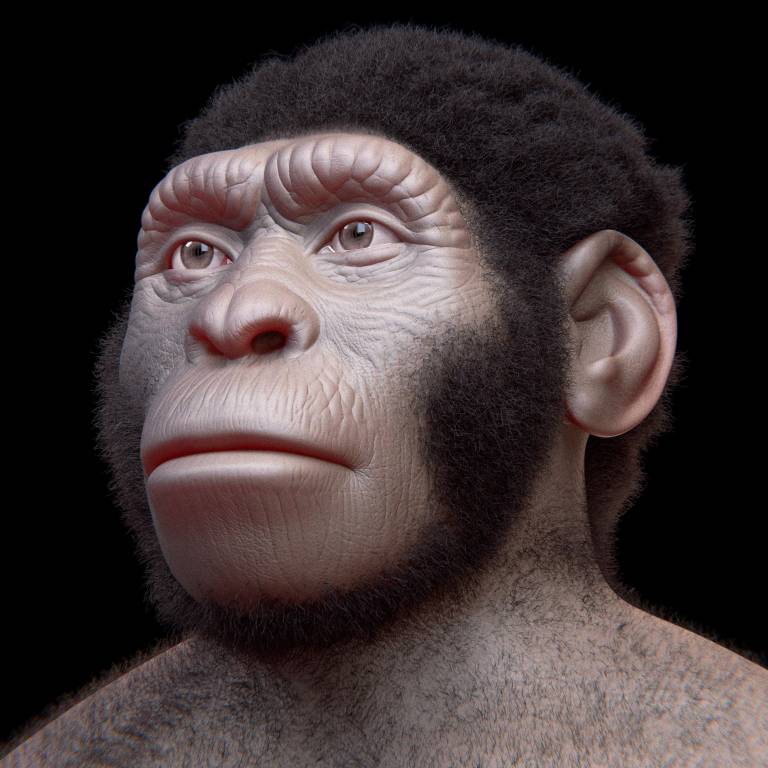No scientific evidence that Homo naledi buried their dead and produced rock art
12 November 2023
The Rising Star Cave system has yielded a stunning concentration of hominin remains estimated to belong to more than 15 individuals representing all age groups, assigned to a new species, Homo naledi.

The Rising Star Cave system has yielded a stunning concentration of hominin remains estimated to belong to more than 15 individuals representing all age groups, assigned to a new species, Homo naledi (Berger et al., 2015; Dirks et al., 2015). Previous publications (e.g., Dirks et al., 2015; Randolph-Quinney, 2015), as well as popular interviews with the team leaders have suggested that H. naledi was engaged in deliberate disposal of the dead. However, other researchers have cited geological, taphonomic and paleontological evidence to suggest that natural formation scenarios may account for skeletal accumulations, such as a natural death trap, water transport of bodies/body parts and carnivore activity (e.g., Val, 2016; Stiner, 2017; Egeland et al., 2018; Pettitt, 2022).
In June of 2023, the journal eLife hosted three reviewed pre-prints by the Rising Star research team claiming that the Dinaledi and Hill Antechamber skeletal remains indicate deliberate burial practices and the production of associated rock art (Berger et al., 2023a, 2023b; Fuentes et al., 2023)1. Both the reviewed and previously unreviewed pre-prints were accompanied by a strong media campaign that quickly spread the revolutionary idea that the small-brained (∼450–600 cc) hominins found deep in the Rising Star Cave system were capable of complex funerary behaviors equivalent to those attributed to larger-brained (∼1400 cc) hominin species, Homo sapiens and Homo neanderthalensis. The media hype that accompanied both the unreviewed and reviewed, though currently unmodified, pre-prints at the time of this writing, triggered strong public controversy and an immediate debate about ‘modern human behavior’ but also about the way in which scientific work is communicated and perceived by the public (e.g., Gibbons, 2023; Petraglia et al., 2023; Zimmer, 2023). Here we will examine the evidence for the alleged burials and the purported rock art presented in the three reviewed pre-prints together with a consideration of the open reviews published alongside them. The peer reviews were unanimous in considering the evidence inadequate in its present form. Despite this, these versions remain available and communicated to the press and social media without yet integrating any of the referee's comments.
Here we argue that the evidence presented so far is not compelling enough to support the deliberate burial of the dead by H. naledi nor that they made the purported engravings. Substantial additional documentation and scientific analyses are needed before we can rule out that natural agents and post-depositional processes are responsible for the accumulation of bodies/body parts and to prove the intentional excavation and filling of pits by H. naledi. Moreover, detailed analyses are needed to demonstrate that the so-called ‘engravings’ are indeed human-made marks and that, like the purported evidence of fire use, they can be securely linked to H. naledi. Our commentary also offers a brief insight on the state of the field regarding the importance of responsible social communication and the challenges brought by new models of scientific publication.
No scientific evidence that Homo naledi buried their dead and produced rock art
María Martinón-Torres, Diego Garate, Andy I.R. Herries, Michael D. Petraglia
 Close
Close

